Wolfdog is becoming the new trend among dog owners
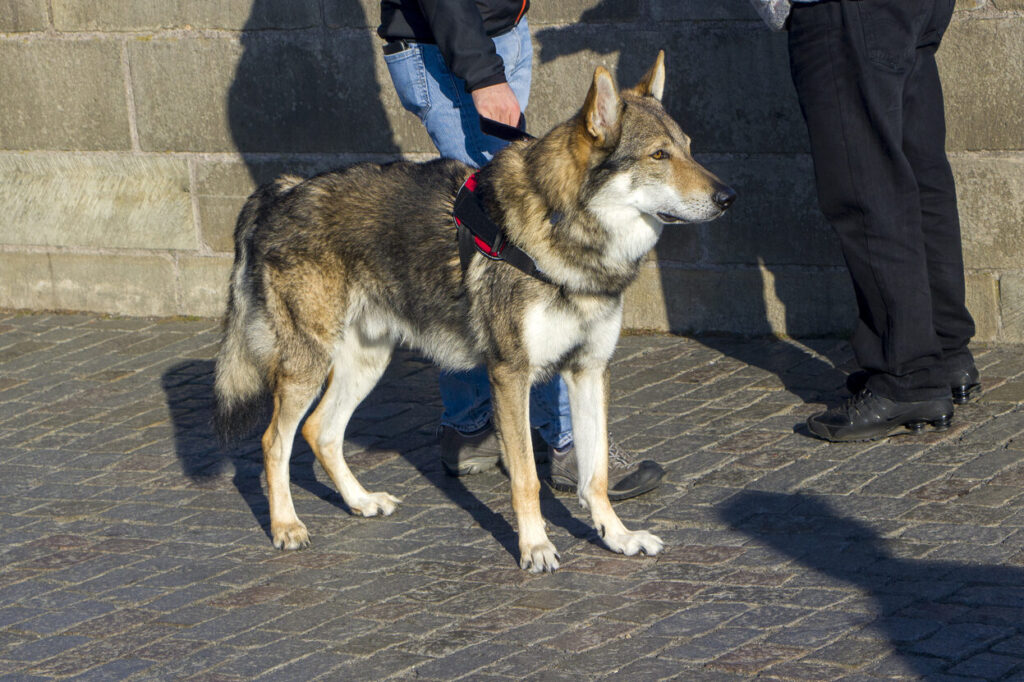
Wolves have always sparked human imagination, from ancient folklore to modern movies. Today, some people try to bring that wild beauty into their homes through wolfdogs, a mix of wolves and domestic dogs. But the reality of living with such an animal is far more complex, and often surprising.
1. A Growing Fascination With Wolfdogs
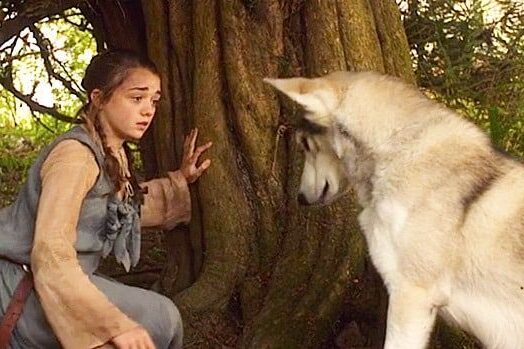
Interest in wolfdog hybrids has surged in recent years, partly fueled by pop culture. Stories like Game of Thrones, which featured direwolf companions, have made the idea of owning a wolf-like pet more appealing. Social media adds to the fascination, with influencers posting photos and videos of themselves walking, playing, or cuddling with wolf-like animals. These images create an impression that wolfdogs are glamorous, loyal, and attainable companions. However, what is often left out of the picture is the reality of caring for such a demanding animal. Behind the camera, wolfdogs may struggle to adapt to domestic life, and their ownership can raise legal, ethical, and even conservation issues. This growing fascination reveals not just our love of wolves, but also how easily fantasy can blur with responsibility.
2. Wolfdogs Are Not Domesticated Dogs
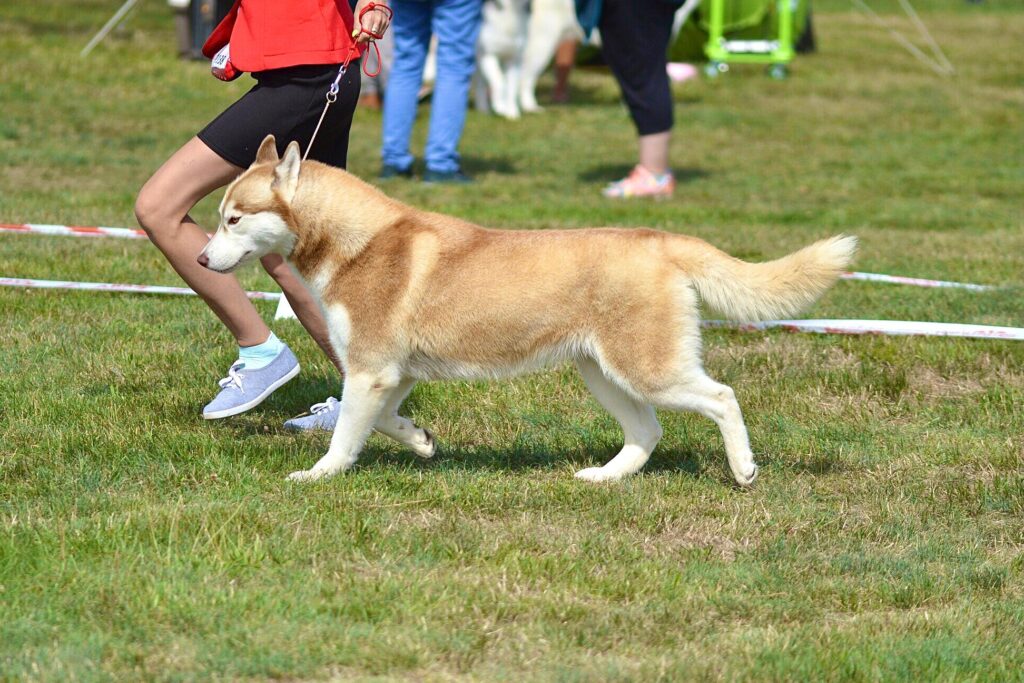
Although wolfdogs share DNA with breeds like German shepherds, huskies, and malamutes, they are not domesticated in the way dogs are. Dogs have undergone thousands of years of selective breeding to become more social, cooperative, and responsive to humans. Wolves, however, remain wild at heart, shaped by survival instincts rather than companionship. Even if a wolfdog is raised in a household from birth, it often retains behaviors rooted in its wolf ancestry, independence, suspicion of strangers, and strong hunting drives. This difference is critical, because it means wolfdogs cannot be expected to behave like traditional pets. They are neither fully wolf nor fully dog, and that unique combination can be very difficult for even experienced owners to manage safely.
3. Their Behavior Can Be Wild and Unpredictable
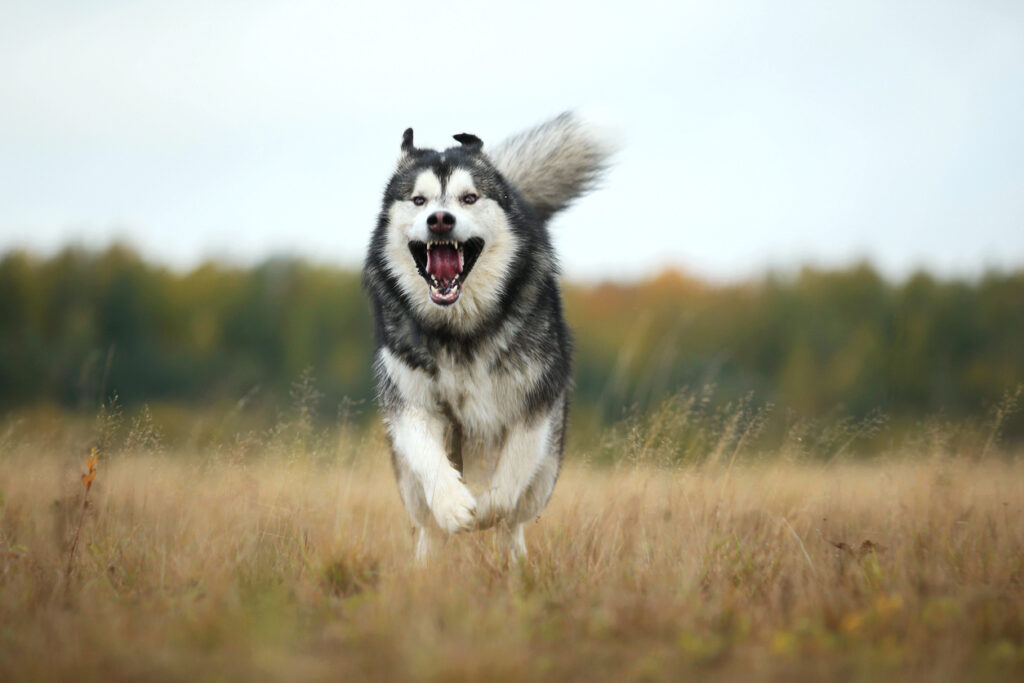
Wolfdogs may look like dogs, but their behavior can be strikingly different. Unlike most dogs, which are bred to seek human approval, wolfdogs tend to be more self-reliant and less eager to please. This independence can lead to behaviors that surprise or frustrate owners. For example, they may dig under fences or climb out of enclosures with ease, following instincts to roam. Some display territorial or defensive aggression toward strangers, making them unreliable in social situations. Even within the same litter, behavior can vary dramatically, with some animals leaning more dog-like and others strongly wolf-like. This unpredictability makes wolfdogs a challenge, even for skilled handlers. For many owners, what begins as an exciting adventure quickly turns into a daily struggle to control wild instincts in a domestic setting.
4. Laws About Wolfdog Ownership Differ Widely
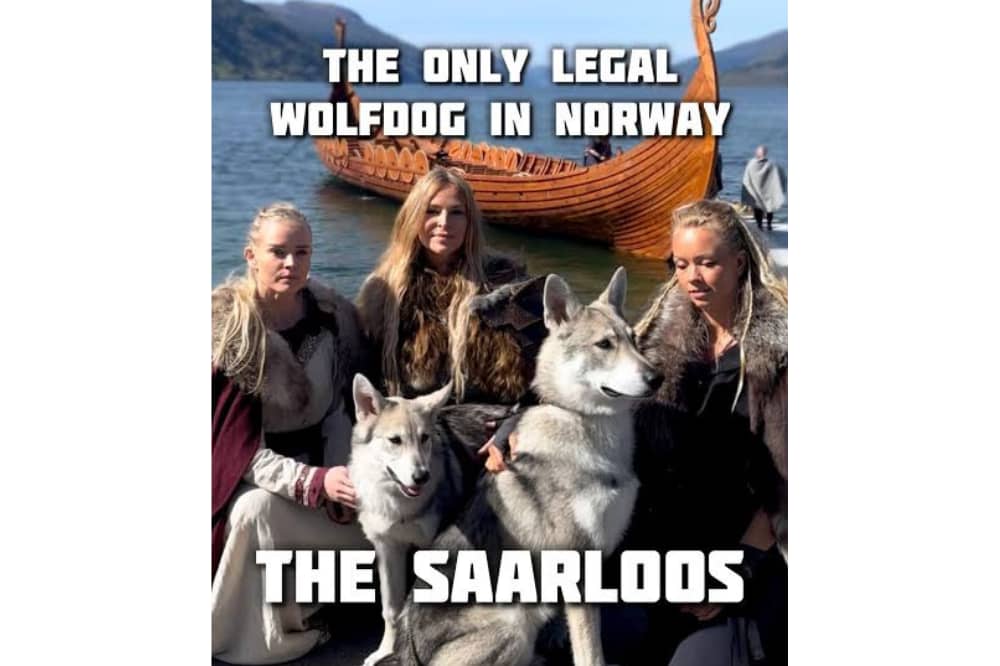
Across Europe and beyond, the legal status of wolfdog ownership varies dramatically. Some countries and regions outright ban private ownership, citing safety and conservation concerns. Others allow it under strict regulations, requiring special permits, enclosures, and veterinary oversight. In Norway, the only legal wolfdog is the Saarloos breed. In some areas, rules are much looser, creating opportunities for unregulated breeding and sales. This uneven legal landscape makes it difficult to enforce standards or track populations of wolfdogs. As a result, many hybrids are bred and kept without proper oversight, raising welfare issues for the animals themselves and posing risks to communities and wild wolf populations. The patchwork of laws highlights how society is still struggling to decide where wolfdogs fit, as exotic pets, dangerous animals, or something in between.
5. Wolfdogs Can Threaten Wild Wolf Populations
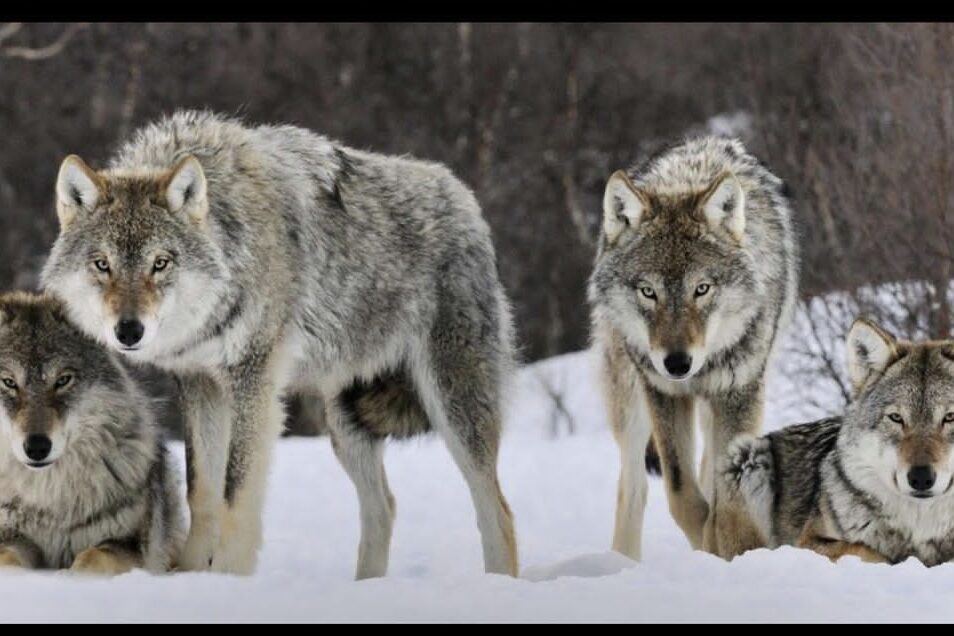
When wolfdogs escape or are abandoned, which happens more often than many realize, they sometimes encounter wild wolf populations. In such cases, they may interbreed with wolves, introducing domestic dog genes into the wild. This process, known as hybridization, threatens conservation efforts aimed at protecting wolves as distinct species. Conservationists work hard to preserve genetic purity in wild wolves, as it ensures their survival and adaptation in natural habitats. Even a small number of wolfdog escapes can undermine years of effort to protect wild populations. The risk is not just theoretical, in parts of Europe, genetic studies have already shown traces of dog ancestry in wild wolf packs. For conservationists, this issue underscores why keeping wolves and wolfdogs as pets is not just a private matter but one with far-reaching ecological consequences.
6. Many End Up in Sanctuaries
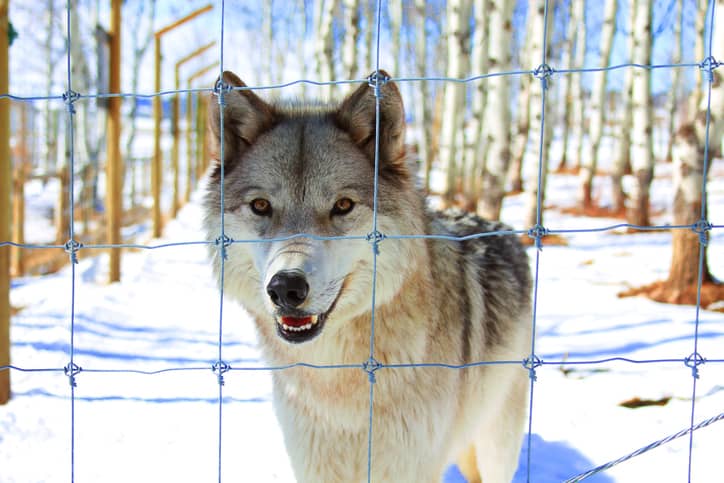
A large number of wolfdogs ultimately cannot stay in the homes where they start out. New owners often underestimate how much care and management these animals require. When wolfdog behaviors, such as extreme digging, howling, or aggression, become overwhelming, owners frequently surrender them. Unfortunately, traditional shelters are not equipped to handle wolfdogs, which leaves sanctuaries to take them in. These facilities already operate on limited budgets, yet they must provide specialized enclosures, raw diets, and veterinary care for animals that cannot be rehomed. Many wolfdogs live out their lives in sanctuaries because they are too wild for families but too imprinted on humans to survive in the wild. This growing demand puts enormous pressure on organizations that are already stretched thin, turning wolfdog rescues into lifelong commitments rather than temporary solutions.
7. Wolfdogs Require Space and Enrichment Few Can Provide
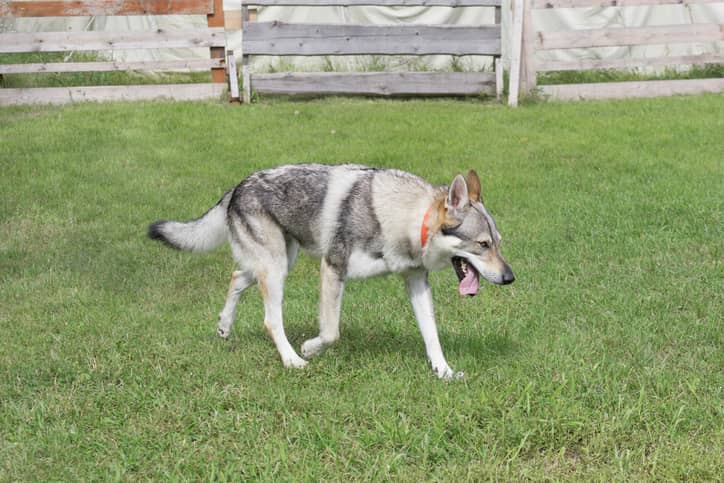
Unlike many dog breeds that adapt well to backyards or even apartment living, wolfdogs need vast amounts of space. They are naturally active animals with instincts to roam, dig, and explore. To thrive, they require large enclosures, often several acres, and enrichment activities that challenge both their bodies and their minds. Without this, wolfdogs quickly become bored, stressed, or destructive, leading to behavioral problems that are difficult to manage. Owners often find that simple walks or toys are not enough to meet their needs. Some try to build elaborate enclosures, but wolfdogs are skilled at finding weak points, climbing fences, or tunneling under barriers. This constant need for space and stimulation makes them a poor fit for most homes, and it is one of the main reasons many are eventually surrendered to sanctuaries.
8. Feeding Them Is Complex and Costly
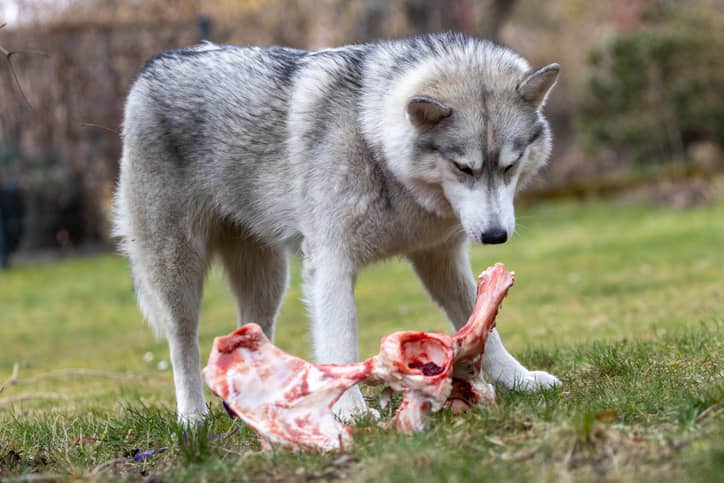
A wolfdog’s diet more closely resembles that of a wild wolf than a domestic pet. They require raw meat, bones, and organs to stay healthy, which makes feeding them far more complicated than opening a bag of kibble. Providing this type of diet is both expensive and time-consuming, as it often involves sourcing large amounts of fresh or frozen meat. It also raises practical issues for urban owners, such as storage space and food safety. While some owners attempt to feed kibble or commercial dog food, this rarely meets the nutritional needs of wolfdogs, leading to health problems over time. For many, the ongoing cost and logistics of feeding become overwhelming, adding another layer of difficulty to keeping wolfdogs as pets. This reality highlights just how different wolfdogs are from even the largest, most demanding dog breeds.
9. Training Is Far More Difficult Than With Dogs
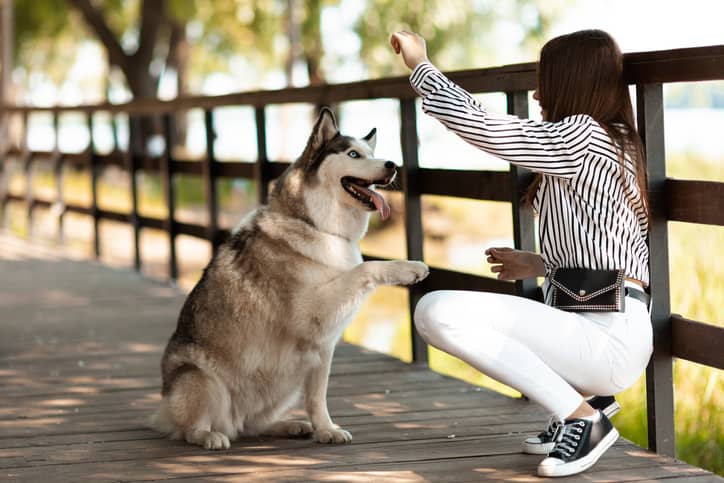
Wolfdogs present a significant challenge when it comes to training. While domestic dogs have been selectively bred for thousands of years to respond to human cues and form strong bonds with people, wolfdogs retain more of the independence of their wolf ancestors. They may understand commands but choose not to follow them, showing stubbornness and a strong will. Traditional obedience training methods often fail, leaving owners frustrated and unsure how to proceed. Successful training typically requires deep expertise in canine and lupine behavior, as well as patience and consistency that go far beyond what most dog owners are used to. Even then, results are limited compared to training a fully domesticated dog. This difficulty is one of the clearest reminders that wolfdogs are not simply “exotic pets” but animals whose instincts do not easily align with human expectations.
10. True Conservation Means Keeping Wolves Wild
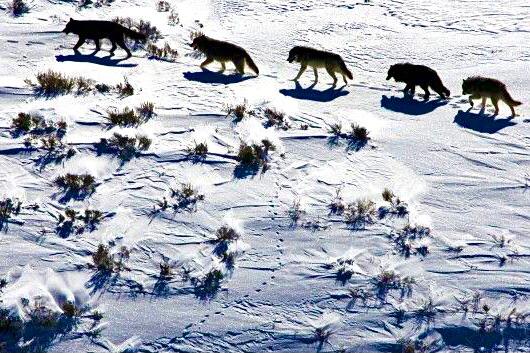
Perhaps the most surprising truth is that keeping wolfdogs does not contribute to wolf conservation in any way. In fact, hybrids can cause harm by threatening wild populations and drawing attention away from true conservation efforts. Protecting wolves means ensuring their habitats are preserved, populations remain genetically pure, and ecosystems stay balanced. Conservationists stress that wolves belong in the wild, not in human homes or hybrid breeding programs. While wolfdogs may look like their wild relatives, they blur the line between domestic and wild in ways that do not benefit either side. For those who admire wolves, the best way to support them is to back conservation programs, protect their natural environments, and educate others about their importance in ecosystems. True conservation honors wolves as wild animals, not as pets or curiosities.
This story 10 Surprising Truths About When Wolves Become Pets was first published on Daily FETCH


